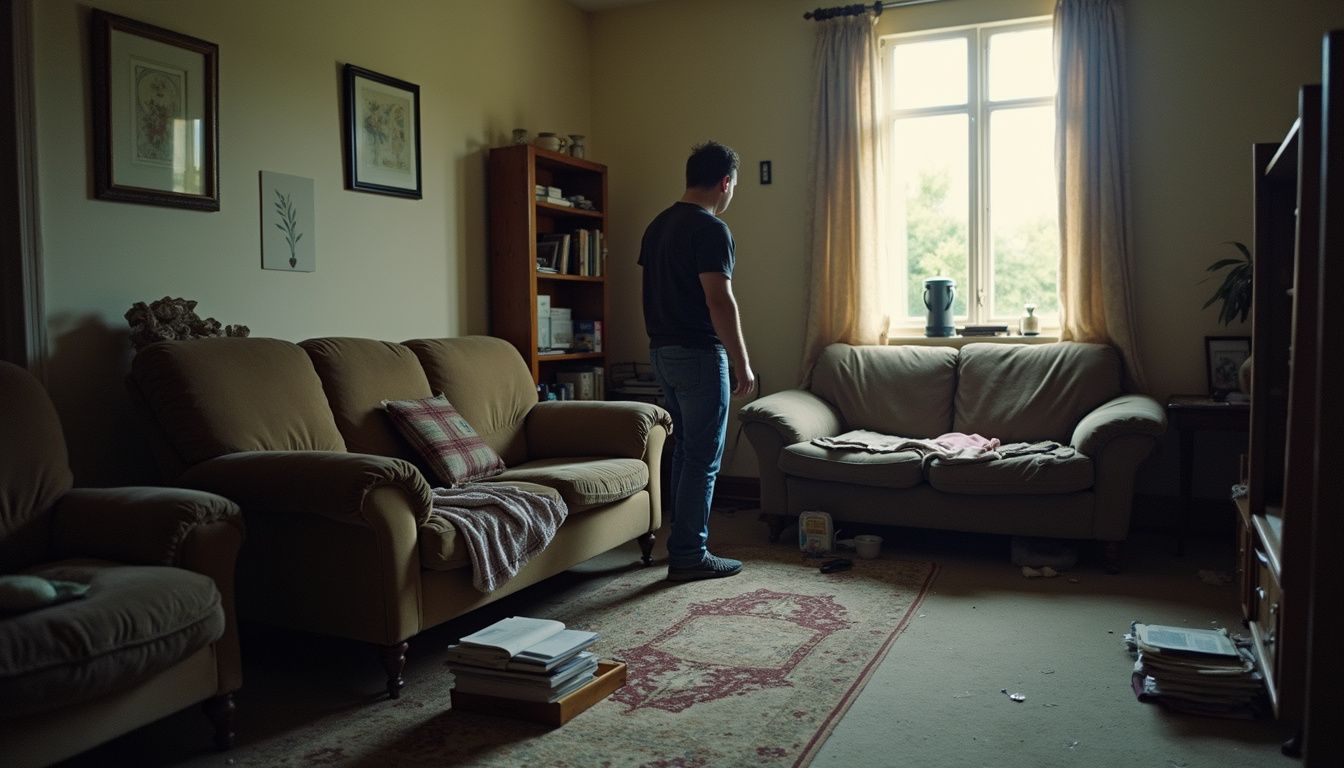Have you ever walked into a room in your house, looked around, and just felt… stuck? You know it could be better, but you have no idea where to even start.
A lot of us think hiring an interior designer is a luxury we can’t afford. But what if I told you a designer could actually save you time and money on your next home renovation?
It’s true!
I’m going to walk you through the real story on hiring a pro versus doing it all yourself. We’ll look at the benefits, the costs, and how to choose the right kind of help for your home. If you’re curious about giving your space a fresh look, let’s figure it out together.
Key Takeaways
Hiring an interior designer can save you time, stress, and money by preventing costly mistakes in floor plans or renovations; designers often cut weeks off project timelines using tools like 3D visualization and bring access to exclusive “trade-only” discounts that may lower furniture costs by up to 35% with brands like Rove Concepts or Serena & Lily.
Professional design fees have a wide range, with hourly rates between $100 and $500, and flat fees for a single room often starting around $2,000 to $5,000. Online services such as Havenly or Decorilla cost between $129 and $2,219 per space but require more DIY shopping after you get your design plans.
Designers can significantly boost home value; some reports from the National Association of Realtors suggest that professionally designed homes can sell for up to 10% more than similar homes without that polish.
Drawbacks include the risk of style mismatches or less personal touches if communication isn’t crystal clear. A strong match between your vision and the designer’s portfolio is the best way to prevent regret over the finished space.
DIY design works well for single-room makeovers, gallery walls, or small-space upgrades with clever storage tricks. Renters looking for removable changes also find DIY projects successful without hiring a pro.
Table of Contents
Benefits of Hiring an Interior Designer
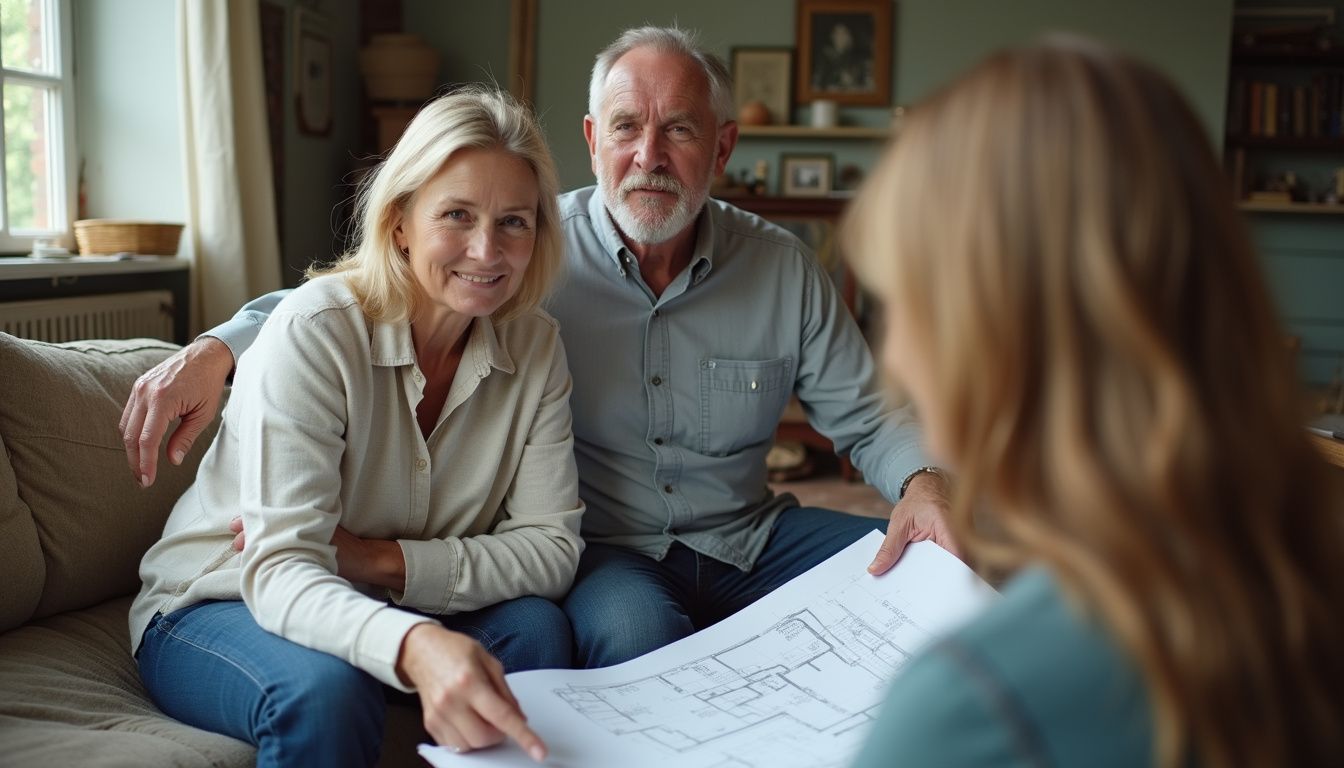
An interior designer brings a trained eye to your floor plans and furniture selection. They spot potential problems you might miss, saving you from major headaches before you even have to call the handymen.
How Does an Interior Designer Save You Time and Effort?
Hiring interior designers cuts hours of endless scrolling for paint colors, tile samples, and the perfect sofa. Their design expertise helps them spot problems in floor plans before you spend a single dime.
As Boston-based consultant Linda Merrill says, “A good designer notices mistakes others miss.” They already have a network of trusted contractors and handymen, so you avoid the stress of vetting and calling five different people just to get a quote.
When a designer is involved from the start, they coordinate with builders and architects, handling scheduling headaches and unexpected site issues for you. A recent survey found that nearly half of homeowners underestimated the time their DIY project would take, making professional project management a huge relief. Using professional software like Autodesk Revit or SketchUp for 3D architectural visualization allows you to see exactly how things will look, preventing order mistakes and saving even more time.
What Exclusive Discounts and Products Can You Access?
Besides taking project chores off your plate, a designer can unlock a world of “to the Trade only” treasures. These are high-quality or unique pieces that aren’t available in regular retail stores.
These pros have connections that lead to serious savings. Trade discounts can range from 10% to 50%, with an average of 20-30% off retail prices. This means you get access to better furniture without paying the full price tag.
Designers get trade discounts at hundreds of popular brands. For example, the RH Trade Program offers 25% off full-priced items, while Crate & Barrel and CB2 offer a 20% discount to designers in their program.
These insider connections mean you can stretch your budget further, splurging on a statement piece while saving on others. It’s like having a secret key to better quality and style.
Why Is Professional Guidance Important in Design?
Professional guidance saves you money by helping you avoid costly design mistakes. An experienced interior designer catches errors before they become major problems, especially during a home renovation when every change impacts your budget.
I once chose the wrong paint finish for my bathroom, and fixing the peeling mess cost me double in time and supplies. Designers prevent these kinds of mishaps. According to a Hippo Insurance survey, surprise issues like faulty wiring or mold are the number one reason DIY projects go over budget. A designer’s trained eye can often spot red flags early.
They also ensure the whole team, from painters to electricians, is on the same page. This level of project management keeps everything running smoothly and takes a huge weight off your shoulders.
How Can a Designer Help You Achieve a Cohesive Look?
That expert advice is key to tying your whole home together. Interior designers are masters at blending colors, textures, and patterns so that each room flows beautifully into the next.
They create a unified vision while making sure each space reflects your personality. It’s not about creating a cookie-cutter home, but one that feels uniquely you.
Here are a few ways they work their magic:
- Scale and Proportion: They know how to choose furniture that fits a room’s size, so you don’t end up with a sofa that swallows your living room.
- The 60-30-10 Rule: This is a classic designer trick for creating a balanced color palette. 60% of the room is a dominant color, 30% is a secondary color, and 10% is an accent color.
- Digital Tools: They use tools like mood boards on Pinterest or Canva and create digital renderings to show you how everything will look together before you commit to a single purchase.
By working with architects and contractors from the beginning, they ensure that everything from the lighting to the layout works in harmony. This creates a polished, intentional feel that’s hard to achieve on your own.
In What Ways Does Hiring a Designer Add Value to Your Home?
A cohesive look is wonderful, but boosting your home’s financial value is even better. A professional interior designer does more than pick pretty things; they make smart investments that pay off.
According to the National Association of Realtors, a well-designed home can increase its value by up to 10%. My neighbor, for example, added $20,000 to her listing price after a designer solved some awkward layout issues and improved the flow of her living room. Buyers notice these details.
Designers focus on high-impact upgrades that buyers love, like modernizing kitchens and bathrooms or adding smart storage solutions. Their access to trade discounts also means your renovation budget goes further, allowing for higher-quality finishes that increase your home’s appeal without breaking the bank.
Drawbacks of Hiring an Interior Designer
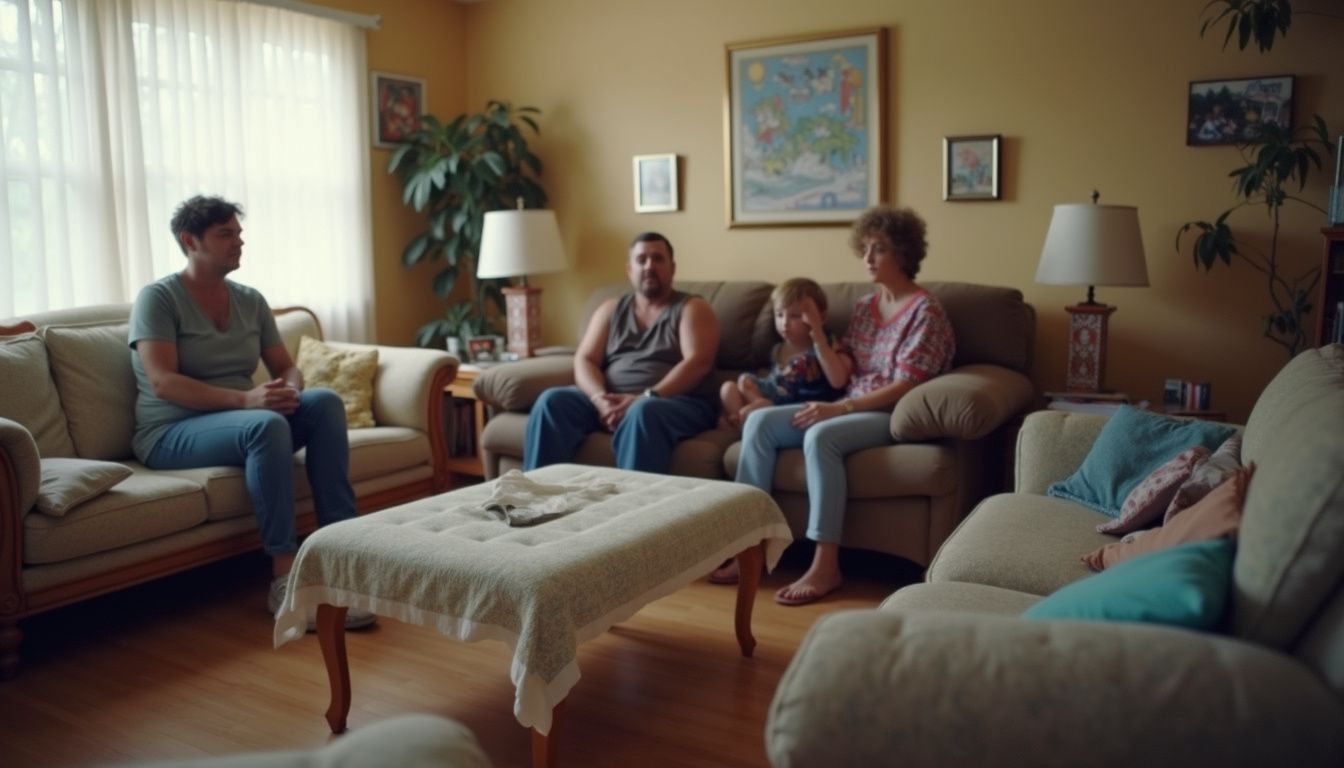
Hiring an interior designer can definitely stretch your wallet, especially when you add in custom furniture or premium finishes. And sometimes, their vision for a space might not perfectly match the feeling you want for your home.
What Are the Typical Costs of Hiring an Interior Designer?
The cost of hiring a professional interior designer can vary quite a bit. According to 2025 data from Angi, you can expect to pay anywhere from $2,000 to over $15,000, with the national average sitting around $8,500.
Designers use a few different fee structures:
- Hourly Rate: This is common for smaller projects and typically ranges from $100 to $500 per hour.
- Flat-Fee: For a single room or an entire project, a flat fee might range from $2,000 to $12,000.
- Percentage of Project Cost: For large renovations, some designers charge 10% to 30% of the total project budget.
If you’re on a tighter budget, online design services are a great option. Companies like Havenly offer packages starting at just $129, while Decorilla has tiers ranging from around $600 to $2,200. I once used an online service for digital mood boards, which was fast and affordable, but it did mean I had to do all the shopping myself.
How Do You Handle a Mismatch in Vision and Style?
A clash of visions with your interior designer can be really frustrating. That’s why compatibility is so important. Before you sign a contract, spend time looking through the designer’s portfolio. Do their past projects resonate with you?
I once hired a designer who loved minimalism, but my heart was set on a cozy, colorful vibe. We made it work, but it took a lot of extra communication. The best way to avoid this is to be very clear from the start.
Pro Tip: Create a shared Pinterest board or a “Vision Document” with your designer. Fill it with images you love, colors that inspire you, and even things you absolutely dislike. This gives them a clear and visual guide to your taste.
Honest and early communication is key. Don’t be afraid to speak up if a suggestion doesn’t feel right. A good designer wants to create a space you love, so clear feedback helps them do their job better.
Why Might a Design Feel Less Personal with a Professional?
Sometimes, even with great communication, a professionally designed space can feel a little… impersonal. If a designer leans too heavily on current trends or their own signature style, those unique quirks that make a house feel like your home can get lost.
I once told a designer I loved bright, bold colors, and she came back with a palette of beige and gray. We had a good laugh, but it was a reminder that sometimes a designer’s go-to style might not be your own. It’s so important they listen to you.
While access to exclusive brands like West Elm or Serena & Lily is a great perk, it can sometimes lead to a room that looks beautiful but doesn’t feel like it has your story in it. My friend Krista always says, “It’s not just about how things look, it’s about who you see when you walk through your front door.” To avoid this, make sure to talk about incorporating personal items, like family heirlooms, travel souvenirs, or your kids’ artwork, right from the beginning.
When Should You Hire an Interior Designer?
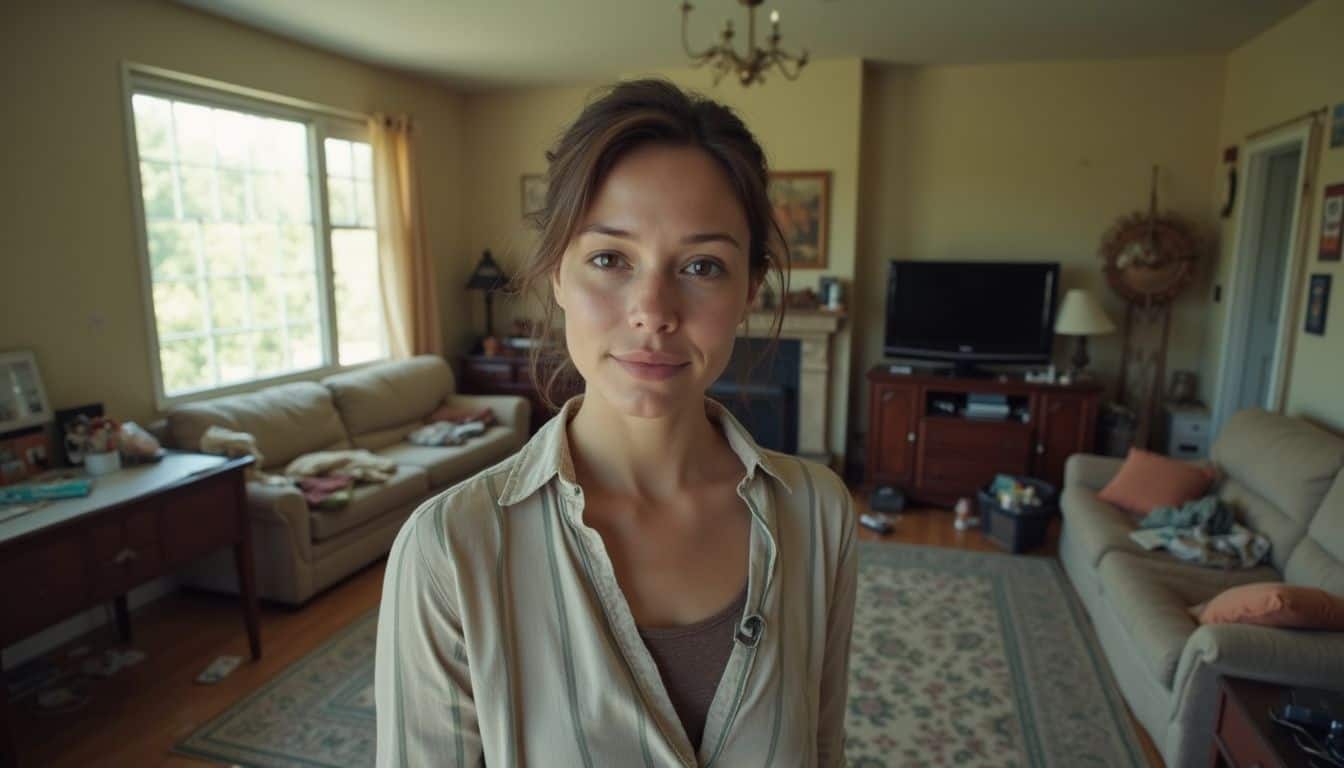
Some projects truly benefit from a professional’s eye to avoid expensive mistakes and unnecessary stress. Before you start pulling up floors or creating a dozen Pinterest boards, let’s look at when expert help really makes sense.
Large-Scale Renovation Projects
A big home renovation can feel like a puzzle with a thousand pieces. When I worked on my home addition, I was completely overwhelmed. Hiring an interior designer was a lifesaver.
She immediately started working with our architect and contractor, and her input was invaluable. She spotted details in the blueprints that saved us thousands of dollars and helped us avoid costly furniture mistakes. Large-scale projects include things like:
- Kitchen or bathroom remodels
- Moving or removing walls
- Building an addition
- Any project that requires building permits
In these situations, a designer’s ability to coordinate with all the different professionals is crucial. Plus, their access to discounts at places like Pottery Barn and Restoration Hardware helped my budget go much further than I expected.
When You Have a Strict Budget or Timeline
It might sound counterintuitive, but hiring a designer when you have a tight budget or deadline can be a very smart move. They act as your project manager, making sure every dollar and every minute is used wisely.
A good designer knows where to save and where to splurge. They can source a stylish, affordable alternative to a high-end piece you love or plan the project in phases to align with big sales events. My friend Ruby’s designer saved her hundreds by flagging a fabric choice that would have been a disaster with her kids and pets, preventing a costly mistake before it happened.
With design fees often ranging from $2,000 to $5,000 for a project, that investment can easily pay for itself by preventing just one or two big errors. As Olivia Lane from Room Refresh Co. says, “Having someone track every penny makes decision-making far less stressful.”
To Maximize Functionality in Limited Spaces
Small spaces require big ideas, and this is where interior designers truly shine. They have a whole playbook of tricks to make a small room feel larger and more functional.
In my old apartment, our designer used mirrors to reflect light and chose a sleek loveseat instead of a bulky sofa. It made our tiny living room feel twice as big. They understand the importance of scale and can prevent you from buying a piece of furniture that overwhelms the room.
Designers are also experts in finding clever storage solutions, like:
- Ottomans with hidden lift-up lids.
- Beds on risers to create under-bed storage.
- Floating wall shelves from brands like IKEA or CB2 to free up floor space.
These small, smart choices make a huge difference in how a limited space feels and functions. For more ideas, you can check out these great furniture placement tips that are helpful for any room size.
When to Consider DIY Design
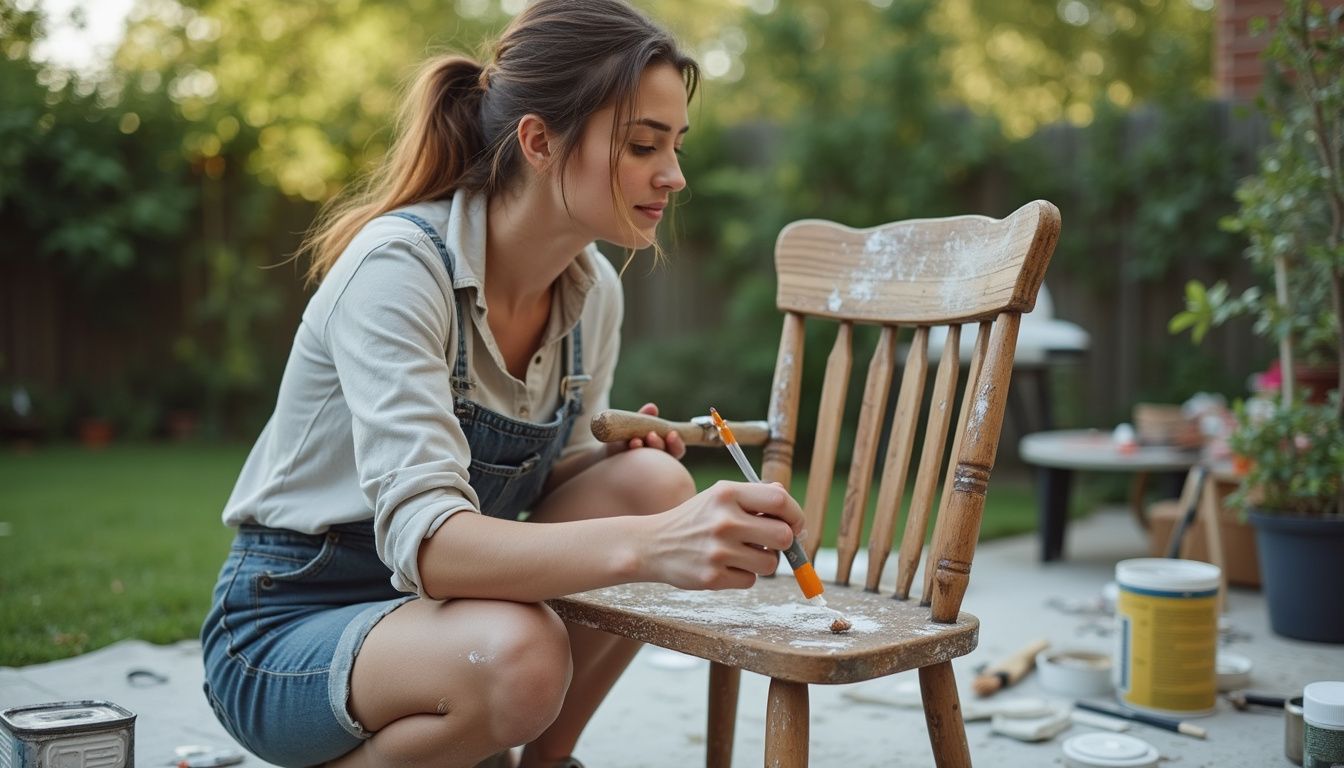
If you genuinely love getting your hands dirty with a paintbrush and find joy in creating your own Pinterest boards, some projects are perfect for a personal touch. Let’s see if your next project is one of them!
What Projects Are Best for DIY Design?
Some projects are just made for the DIY spirit. It’s so rewarding to add your own personal touches without spending a fortune. Here are some great projects to tackle on your own:
- Single-room makeovers: Refreshing a bedroom or a small living room is a manageable project where you can experiment with your own style.
- Accent walls: Using peel-and-stick wallpaper from a brand like Chasing Paper or a bold paint color is a quick way to make a big impact.
- Entryway updates: A new bench from IKEA, some cool hooks, and a few bright pillows can completely change the first impression of your home.
- Gallery walls: Displaying your favorite family photos or art is deeply personal. Use an app like Canva to plan your layout before you hammer any nails.
- Updating lighting: Swapping out an old light fixture for a modern one can transform a room in under an hour.
- Renters’ upgrades: Removable decals, layered rugs, and lots of plants are perfect for personalizing a rental without losing your security deposit.
- Closet organization: A trip to The Container Store for some new bins and baskets can bring both order and charm to a cluttered space.
These projects offer that perfect mix of creative control and quick, satisfying results.
How Do You Know If You Have a Clear Vision for Your Space?
If your notebook is already filled with specific paint color names, layout sketches, and style boards, you might be ready to DIY. You know exactly which lamp from Target will look perfect with that rug from West Elm.
A clear vision means you can answer these questions without hesitating:
- What are the top three feelings you want this room to create (e.g., cozy, energetic, calm)?
- What are the main activities that will happen in this space?
- What are your non-negotiable items that must be included in the design?
If you can confidently explain why a certain shade of green is better than another for your walls and feel excited rather than overwhelmed by design choices, you likely have the vision you need to lead your own project.
How to Make Working with a Designer Worth It
Sharing photos, Pinterest boards, and even paint chips with your designer is a great start. Now, let’s explore a few more tips to make sure the whole process is smooth and successful.
How Can You Clearly Communicate Your Vision and Goals?
Communicating with your interior designer is just as important as choosing the right paint color. Clear conversation is the foundation of a successful project.
- Be specific from the start. Instead of saying you want a “cozy” room, explain what cozy means to you. Is it soft blankets, warm lighting, or deep, comfortable sofas?
- Create a shared visual library. A shared Pinterest or Houzz board is a fantastic tool. It allows your designer to see a collection of images you love and understand your style visually.
- Talk about your budget openly. Be upfront about what you’re comfortable spending. This helps the designer make choices that align with your financial goals from day one.
- List your must-haves and deal-breakers. If you need a durable sofa because you have kids and a dog, or you absolutely hate the color yellow, say so early on.
- Schedule regular check-ins. A quick weekly call or email can keep everyone on the same page and prevent small misunderstandings from becoming big problems.
- Give honest feedback. A good designer wants to know how you truly feel about their suggestions. Your honest opinion helps them refine the design to better suit you.
Why Is Being Open to Collaboration Important?
Clear communication is the first step, but being open to your designer’s ideas is what creates real magic. When you trust their expertise, you can avoid expensive mistakes and get access to solutions you might never have thought of on your own.
A designer might suggest a layout that seems unusual at first but ends up dramatically improving the flow of your room. Or they might introduce you to a durable, kid-friendly fabric from a trade-only vendor that looks amazing and holds up to daily life.
Balancing your vision with a professional’s experience is the secret to a home that not only looks beautiful but also functions perfectly for you. Collaboration saves time, reduces stress, and almost always leads to a result you’ll be happier with.
How Do You Find and Choose a Reputable Designer?
Finding the right interior designer can feel a bit like dating. You want someone who gets you, who you can communicate with, and who has a great track record.
Here’s how to find your perfect match:
- Start online. Platforms like Houzz and Instagram are fantastic for browsing portfolios. You can see a designer’s work in real homes and get a feel for their style.
- Ask for referrals. Talk to friends or family who have recently completed a project. A personal recommendation is often the most reliable.
- Check professional organizations. Look for designers who are members of groups like the American Society of Interior Designers (ASID) or the Interior Design Society (IDS). These memberships often require meeting high professional standards.
- Read online reviews. Check Google and Yelp for recent client testimonials to spot any potential red flags before you commit.
- Schedule an initial chat. Most designers offer a brief consultation, often by video call. Use this time to see if your personalities click. Good chemistry is just as important as a great portfolio.
- Talk about money upfront. Make sure you get a clear, written estimate that details all potential fees so there are no surprises down the road.
So, Is an Interior Designer Worth It in 2025?
Deciding whether to hire an interior designer really comes down to your specific project, budget, and how much time you have.
If you’re facing a large home renovation, have a tight deadline, or just feel completely overwhelmed, a designer can be an incredible asset. They save you from costly mistakes, provide access to exclusive resources, and manage all the stressful details.
On the other hand, if you have a clear vision and enjoy the creative process, a DIY project can be incredibly rewarding. And with the rise of affordable online design services like Havenly and Decorilla, there’s a middle ground for almost everyone.
Ultimately, a great designer does more than make your home look good. They make it work better for the life you live in it.
People Also Ask
What are the main pros of hiring an interior designer?
A great designer saves you money through exclusive trade discounts, often 10-20% off retail, and helps you avoid costly mistakes like buying the wrong size furniture. They bring a professional eye to create a cohesive floor plan and pull the whole look together.
How much does it cost to work with an interior designer?
Fees vary widely, from hourly rates of $150-$500 for consultations to flat project fees, with platforms like Houzz providing helpful local cost estimates.
Can I decorate my home myself instead of hiring a designer?
Absolutely, especially with all the great tools available today. You can use an app like Canva to create inspiring mood boards or try an e-design service like Havenly for a little professional guidance.
Is an interior designer really worth it for a small project?
Yes, even a single consultation can solve a tricky design problem, like choosing the perfect paint colors for your entire home or figuring out a functional layout for an awkward room.
